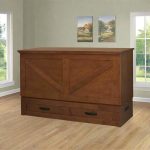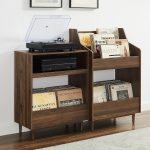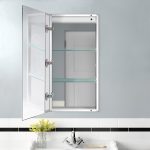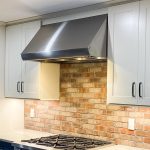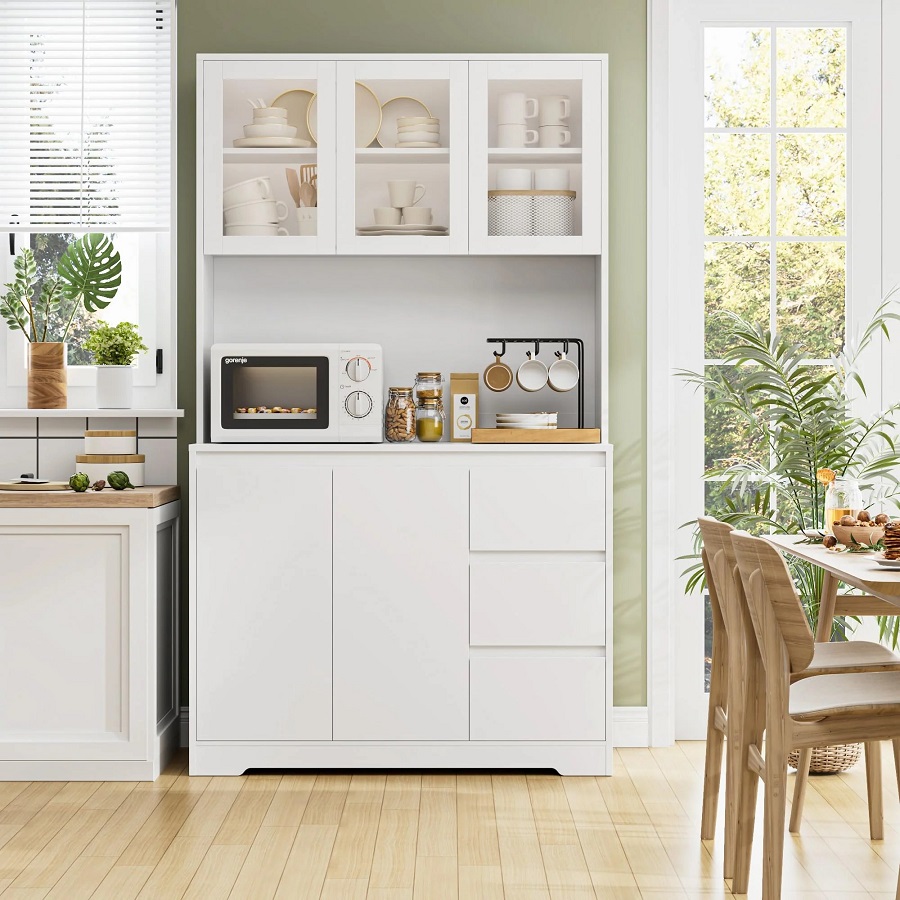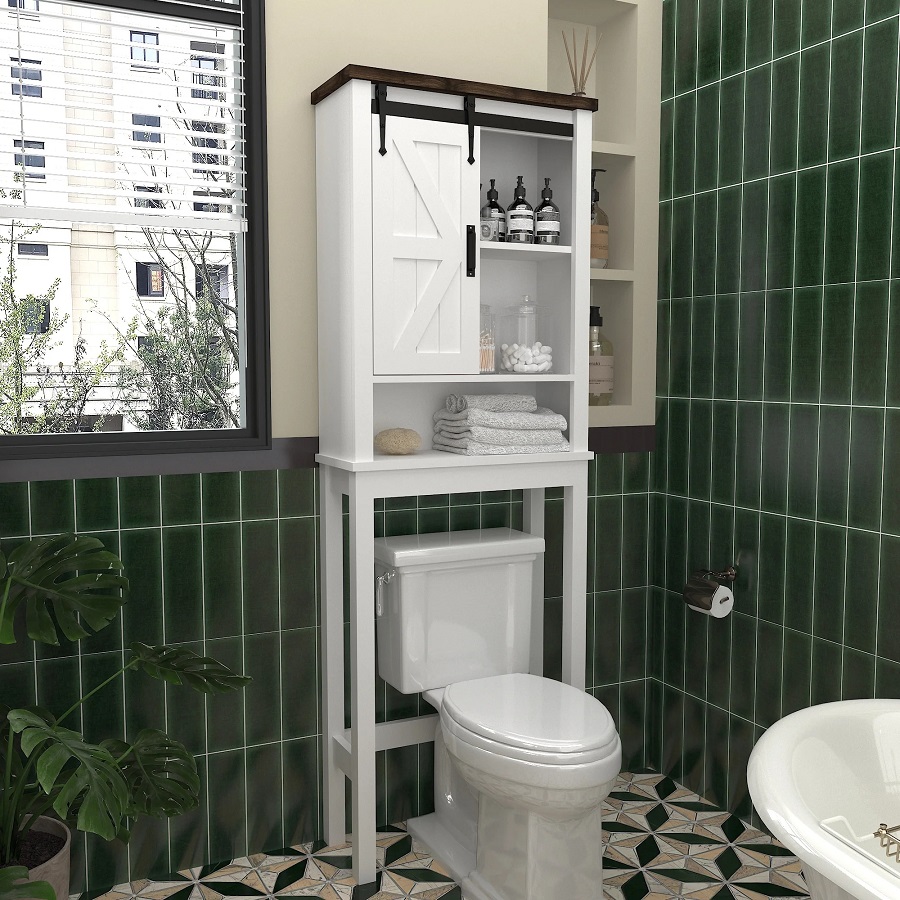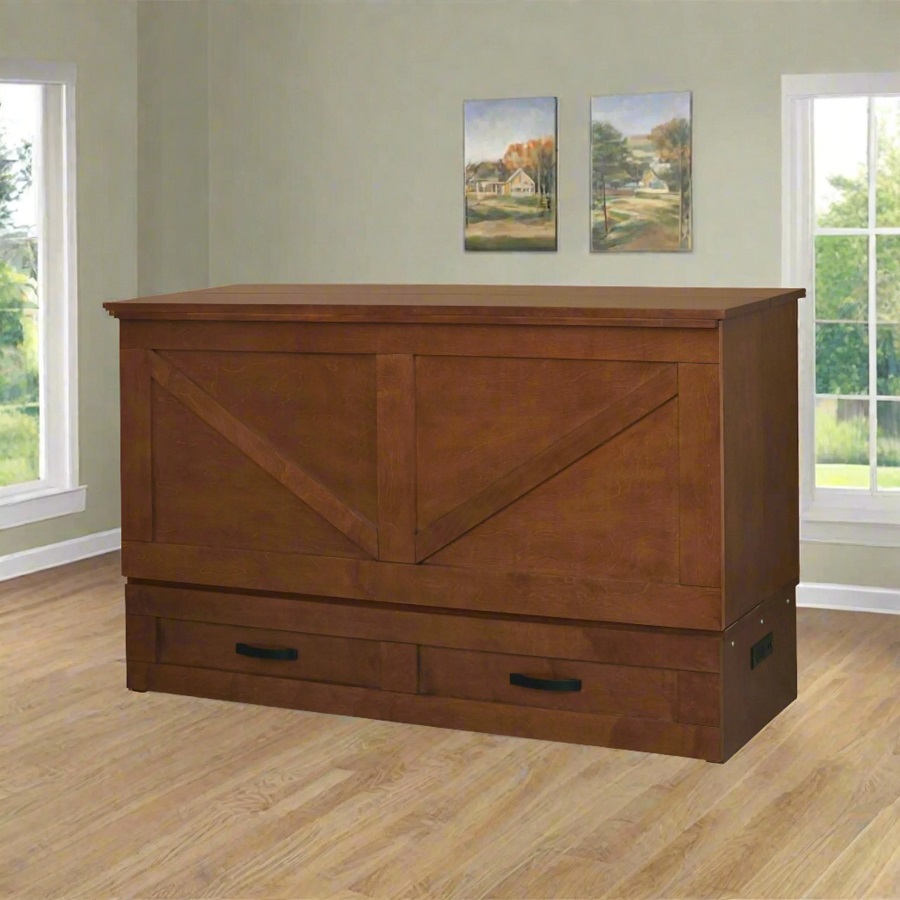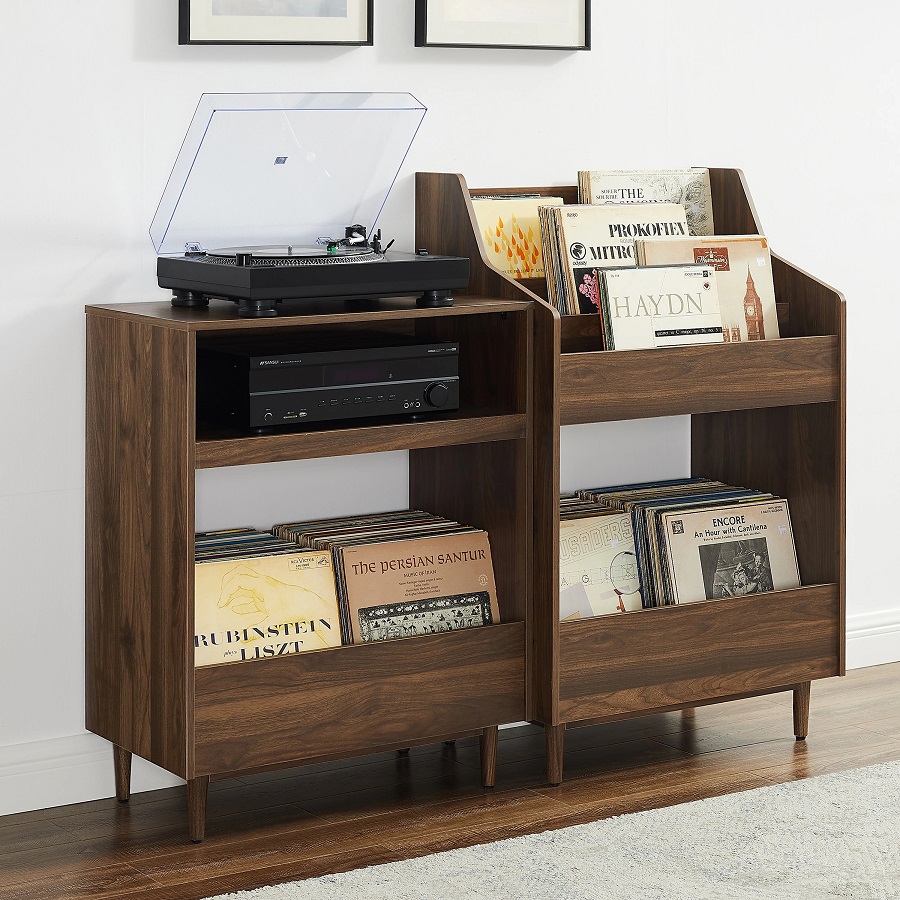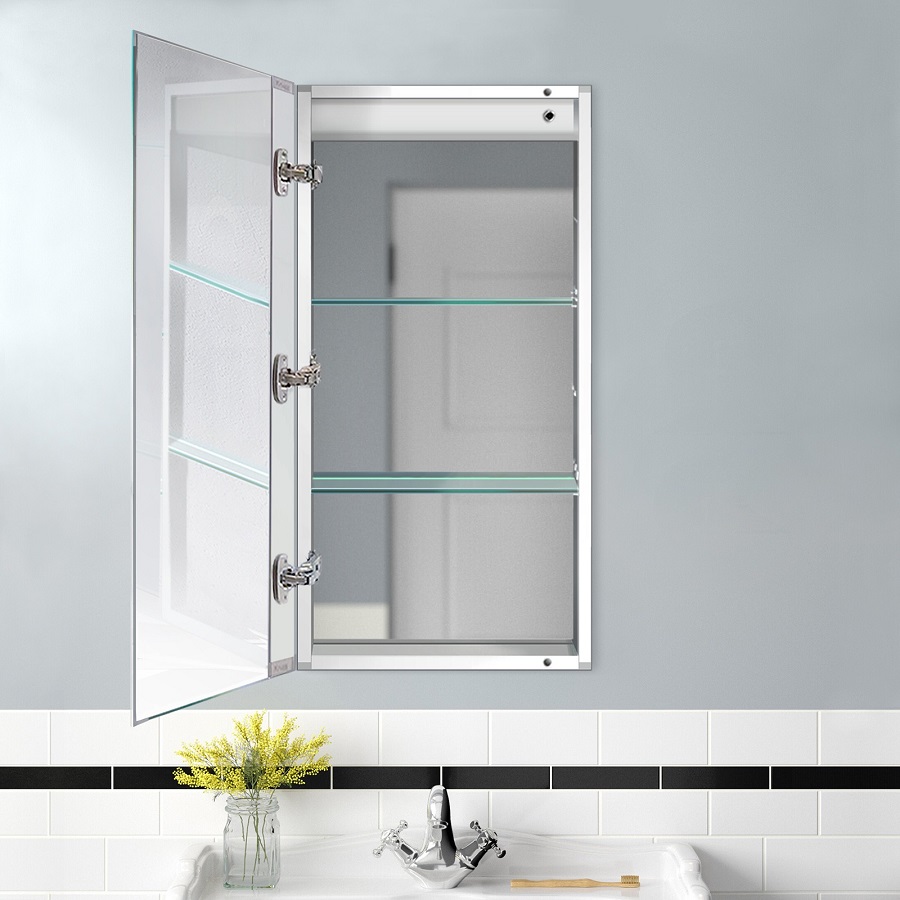Optimal Pantry Cabinet Dimensions for Different Kitchen Sizes
When you’re planning to install a pantry cabinet, the size of your kitchen dictates most of your decisions. It’s vital to choose a size that complements the space without overwhelming it. Here are recommended dimensions for different kitchen sizes:
- Small Kitchens: For kitchens with limited space, consider a pantry cabinet that’s around 18 inches wide. This maintains walkway clearance and reduces clutter.
- Medium Kitchens: A medium-sized kitchen can accommodate a pantry cabinet that’s 24 to 30 inches wide. This size balances storage needs and free movement.
- Large Kitchens: With more room to spare, you could opt for a pantry cabinet that’s 36 inches or wider. This maximizes storage while still keeping the kitchen layout open.
The height of pantry cabinets typically ranges from 84 to 96 inches. These tall designs use vertical space efficiently, making them ideal for more storage. Always ensure there’s at least 36 inches of clearance in front of the pantry for easy access and a functional workspace. Don’t forget to factor in the depth as well, with 12 to 24 inches being the standard range to suit various kitchen designs.
Careful measurement and planning can ensure your pantry cabinet enhances your kitchen’s functionality and aesthetic. By tailoring your pantry’s dimensions to your kitchen size, you can create a seamless flow in the heart of your home.
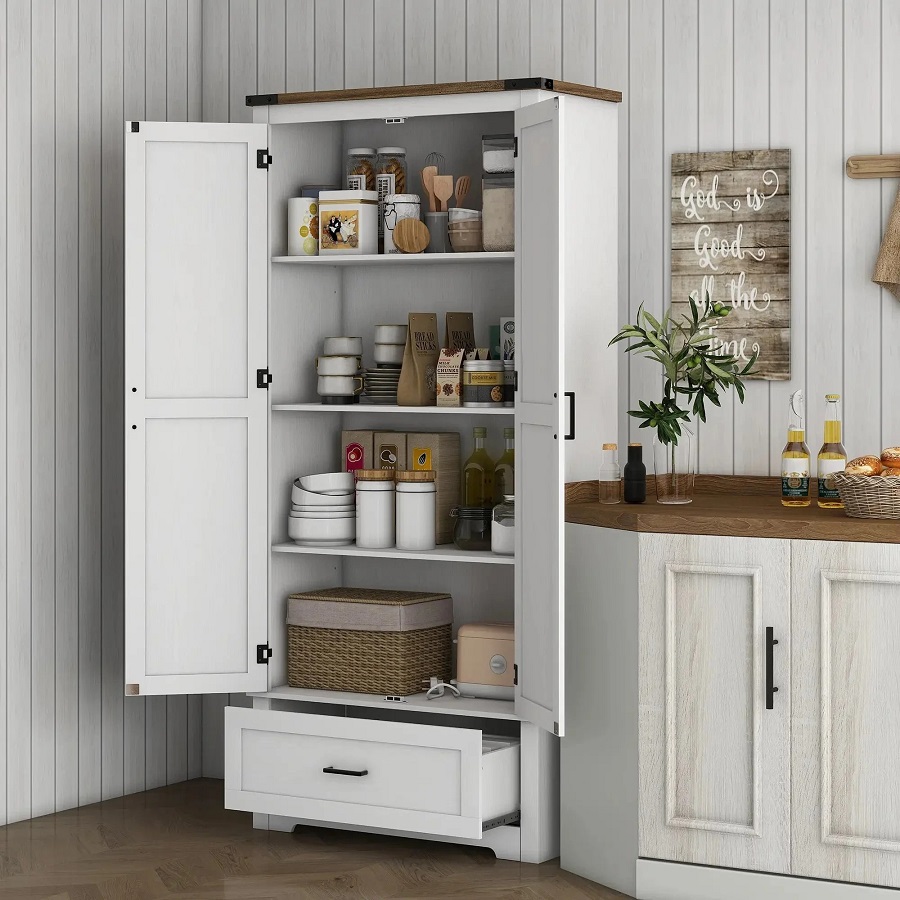
Innovative Pantry Storage Solutions
Innovative storage solutions can transform your pantry cabinet into an organizational powerhouse. Here are some creative ideas to maximize your storage efficiency:
- Pull-Out Shelves: Equip your pantry cabinet with pull-out shelves for ease of access to items at the back.
- Door Racks: Utilize the inside of your pantry door with racks for additional storage of small items and spices.
- Stackable Bins: Use stackable bins or baskets to organize items by category and minimize clutter.
- Under-shelf Baskets: Make use of the often wasted space beneath shelves with hanging baskets for extra storage.
- Lazy Susans: Incorporate lazy Susans to easily reach items without having to sift through everything.
- Labeling: Label shelves, bins, and containers to quickly find what you need and maintain order.
- Vertical Dividers: Install vertical dividers for storing baking trays and cutting boards upright, saving valuable space.
By implementing these innovative pantry storage solutions, not only will you utilize every inch of your pantry cabinet, but you’ll also make every item easy to find and reach. This turns your kitchen into a more functional and enjoyable space to cook and gather.
Corner Pantry Cabinets: Utilizing Dead Space
Corner spaces in kitchens often go unused or underutilized. With the right design, these units can offer deep storage while keeping everything within easy reach. Here are some ways to make the most of corner pantry cabinets:
- L-Shaped Shelves: These fit neatly into corners and maximize storage space for bulky items.
- Swing-Out Units: These allow you to access the depths of the corner cabinet with ease by swinging out the shelves.
- Magic Corners: A clever mechanism enables shelves to slide out and rotate, offering full access to the space.
- Carousel Shelving: Rotating shelves make it simple to retrieve items from the very back of the corner cabinet.
When planning a corner pantry cabinet, remember to consider the swing of the door and ensure it doesn’t interfere with other kitchen areas. It’s essential to maintain a clear workflow. The corner pantry cabinet turns dead space into a functional part of the kitchen, contributing to an organized and efficient environment. With these innovative solutions, every inch of the kitchen can serve a purpose, making your pantry cabinet a cornerstone of kitchen organization.
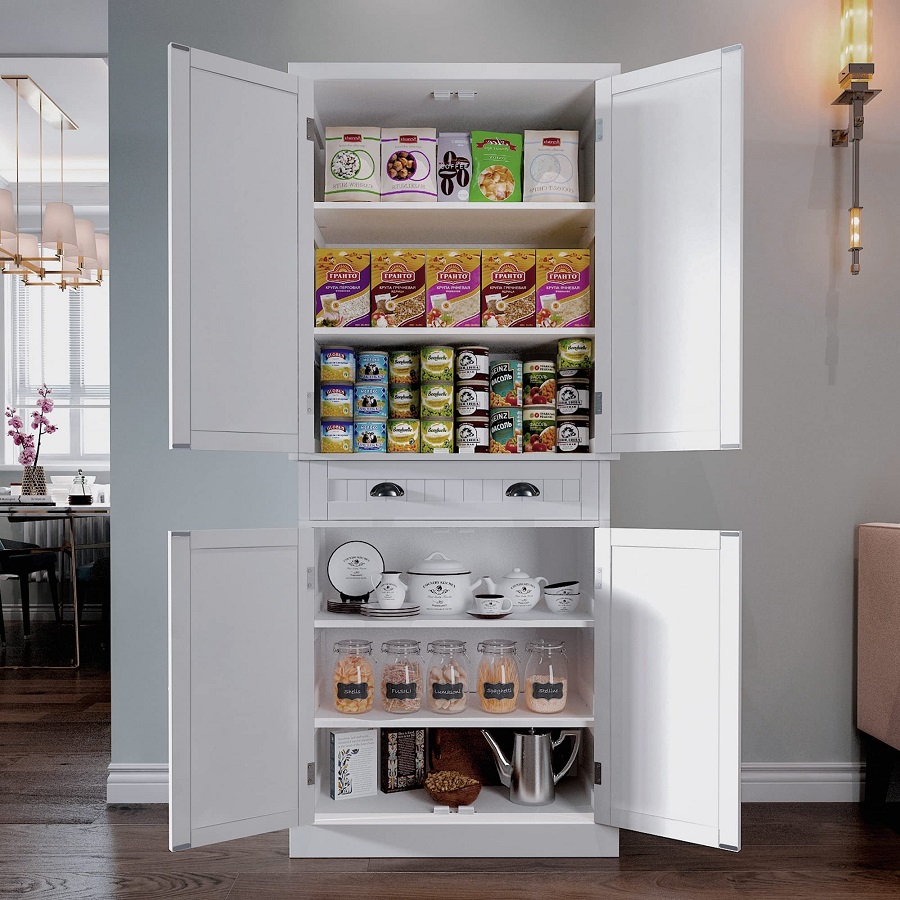
Pull-Out and Roll-Out Pantry Cabinets
Pull-out and roll-out pantry cabinets offer dynamic storage solutions that can drastically enhance kitchen efficiency. These are ideal for homeowners aiming to minimize their time spent looking for pantry items and maximize ease of access. Here’s why you should consider these options:
- Ease of Access: With pull-out cabinets, you can easily reach items in the back without stretching or straining.
- Visibility: Roll-out cabinets bring items out of the shadows, making everything visible at a glance.
- Space Maximization: These models make the most of every inch, even in tight spaces.
- Organization: Grouping similar items on a single pull-out shelf simplifies finding what you need.
- Customization: You can adjust shelf heights to suit different item sizes, further optimizing space utilization.
Investing in pull-out or roll-out features within your pantry cabinet isn’t just about convenience. It’s also about creating a kitchen environment that works with you, making cooking and storage tasks simpler and more enjoyable. This design innovation is a step toward a fully functional kitchen that caters to the personalized needs of any homemaker.
Customizing Your Pantry Cabinet for Efficiency
Customization is key to an efficient pantry cabinet. Tailoring your pantry to your personal needs can make finding and using items quicker. Remember, a well-organized pantry saves you time and hassle. Here are some customizable options to consider:
- Adjustable Shelves: Change shelf heights to suit various item sizes, making more room for tall or bulky products.
- Drawer Inserts: Fit these to your pantry drawers for sorting smaller items. They keep things tidy and in place.
- Pull-Out Baskets: Add these for fruits and veggies. They offer ventilation and keep your produce fresh.
- Wine Racks: If you’re a wine enthusiast, integrate wine racks into your pantry. This keeps your bottles organized and easy to reach.
- Lighting: Install lights inside your pantry. Good lighting helps you see and grab what you need quickly.
By personalizing storage elements within your pantry cabinet, you create a space that’s more aligned with your daily routine. This not only ups your kitchen’s efficiency but also makes food prep more enjoyable. When items are at your fingertips, and space is used wisely, cooking and kitchen maintenance becomes a breeze.
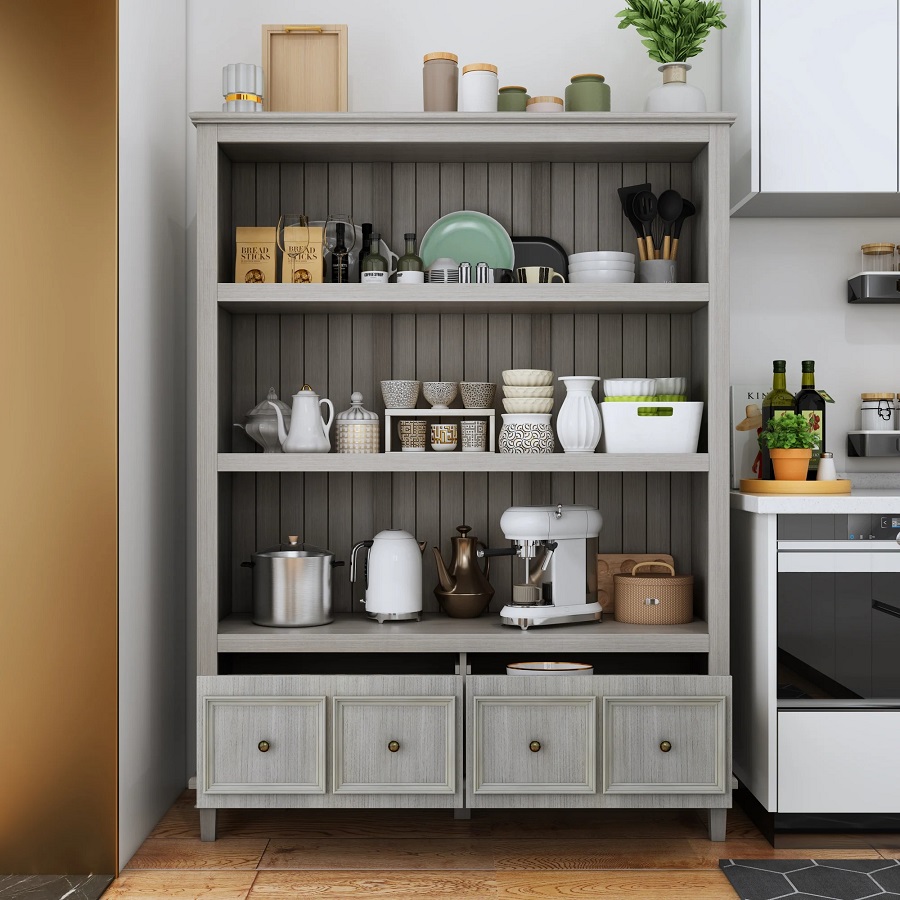
The Importance of Adjustable Shelving in Pantry Cabinets
Adjustable shelving in pantry cabinets is crucial for maximizing storage space and maintaining organization. Here are some benefits:
- Flexibility: Adjustable shelves offer the ability to change the space between shelves quickly. This allows for accommodating items of different heights, from tall cereal boxes to small jars.
- Convenience: With the option to move shelves around, you can tailor your pantry cabinet to fit your current storage needs or adapt to new ones.
- Efficiency: You can group items by size or use, making it easier to find what you need. This reduces time spent searching and increases efficiency in the kitchen.
- Improved Visibility: Setting shelves at the right height prevents items from being hidden behind others. You can see everything at a glance.
- Better Air Circulation: Properly spaced shelves enable better airflow around food items. This can help to keep perishables fresh for longer.
- Adaptability: As your storage needs change, so can your pantry layout. Adjustable shelving eliminates the need to buy new storage units, saving money and resources.
Investing in a pantry cabinet with adjustable shelving is a wise decision for any homeowner looking for a custom, organized kitchen experience.
Integration of Pantry Cabinets with Kitchen Design
The integration of a pantry cabinet into your kitchen design is not just about added storage. It’s about creating a cohesive look and feel that enhances the overall appeal of your kitchen space. Here are key considerations to ensure your pantry cabinet complements your kitchen design:
- Style Match: Choose a pantry cabinet that matches the style of your kitchen. Whether you have a modern, farmhouse, or traditional kitchen, the right pantry cabinet should blend in seamlessly.
- Color Coordination: The color of your pantry cabinet should harmonize with your kitchen palette. This can mean choosing a similar color or a complementary one that adds a pop of contrast.
- Functional Placement: Think about where to place your pantry cabinet for easy access. It should support your kitchen’s workflow, not disrupt it. A well-placed pantry enhances efficiency.
- Consistent Finish: Make sure the finish on your pantry cabinet mirrors the finish of other kitchen cabinets. This consistency in materials and textures is pleasing to the eye.
- Hardware Sync: The handles and knobs on your pantry cabinet should be in line with the rest of your kitchen hardware. This uniformity brings a harmonious sense of design to your space.
- Proportion and Scale: The size of your pantry cabinet should fit the scale of your kitchen. It must neither dominate the space nor appear too small.
By carefully considering these elements, you can ensure that your pantry cabinet is a natural extension of your kitchen. It’s not only about the function but also about forming a unified design aesthetic that makes your kitchen a true reflection of your taste and lifestyle.
Tips for Organizing Your Pantry Cabinet
Organizing your pantry cabinet can streamline your cooking process and save you time. Here are some practical tips:
- Declutter Regularly: Go through your pantry items often. Remove what you don’t use or need. This keeps your cabinet tidy.
- Group Similar Items: Keep like items together. For example, group all your baking supplies in one spot.
- First In, First Out: Place newer items behind older ones. This way, you’ll use items before they expire.
- Use Clear Containers: Store pantry goods in clear containers. This helps you see what you have at a glance.
- Make Use of Labels: Label everything. Labels help you find items quickly and put them back in the right spot.
- Invest in Shelf Liners: Use shelf liners to keep shelves clean. They make cleaning up spills easy.
By following these tips, your pantry cabinet will not only look organized but will also function efficiently. A well-maintained pantry saves time and minimizes frustration during meal prep.

